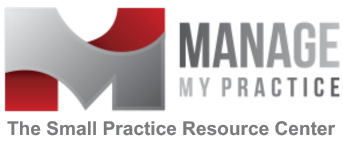What are the hallmarks of a well-managed practice? There are many, but here are 10 basics.
- The practice has foundation documents appropriate to the corporate structure and written agreements describing how income and expenses are shared by physicians and/or other providers and how partners enter and exit the practice. The owners of the practice and management meet monthly.
- The practice has documents that set the guidelines for operations such as a compliance plan, disaster plan, personnel handbook, job descriptions and requirements for annual evaluations, raises, bonuses and progressive discipline. Management and staff meet monthly.
- The net collection percentage is 95% or more. This means that of the expected collectible dollars, 95% is collected.
- The practice has a budget and variances are addressed.
- The unfilled appointment percentage is 5% or less. This is in retrospect, so it includes no-shows. The practice has a marketing budget and a written marketing plan.
- The practice has a line of credit or other means to draw upon in the case of unexpected cash flow drop.
- A single commercial payer comprises no more than 50% of the practice business.
- Employee turnover rate is 10% or less. New employees are onboarded with training, coaching and competency testing.
- The practice has the ability to produce management reports to track and trend production, payments, adjustments, and denials. Process Improvement (PI) is used to address negative trends.
- Patient satisfaction is prioritized and measured, and improvement is valued.
What other hallmarks would you add?


